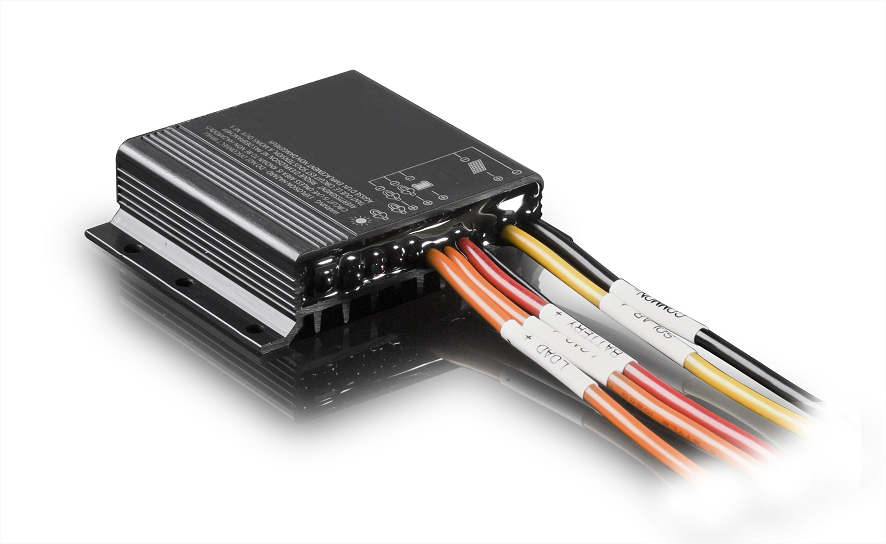What Are the Solar Light System Components?Posted by Stephen Shickadance in How Solar Lights Work.
DOWNLOAD SOLAR LIGHTING GUIDE A solar light is a system of parts that work in harmony to generate power from solar exposure, store power, and re-use that power in an efficient manner to light a general or specific area. There are many variations to how the parts are configured in order to achieve the best result for its intended environment, but the overall structure is always there. In this article, let’s take a look at the solar light system components. Solar Light System Components Broken Down
Be aware that manufacturers will sometimes source sub-par solar light parts from suppliers that don’t include specification packages. For instance, if you want to know the performance of the LED fixture of a given solar lighting system, be sure to check for standardized documents known as LM-79, LM-80, and TM-21. These documents list measurements of properties for LED products such as efficiency, chromaticity, operations under certain temperatures, and bulb lifespan. If your manufacturer doesn’t provide these documents with the LED fixture, that’s a telltale sign of a poor product. Always be sure to check proper documentation to confirm what your products are made of. One faulty part in an entire system can turn your solar light investment into decoration. For instance, if one LED in a series fixture malfunctions, the entire light fixture is unusable. One of the most important processes of selecting a solar light is called sizing. With all these components functioning together as one self-sufficient system, improperly sized lights will still function well, but not all of the time. It’s important that every component complement each other so all parts work together in unison. Be wary of manufacturers that size their systems as “one size fits all.” Typically, this type of manufacturer cheapens the customer experience through reduced time and effort by pre-sizing a light they believe fits all situations. Unfortunately, pre-sized lights only perform best in the most perfect of situations. That’s why it’s important for lighting engineers to evaluate the area in question first in order to design a system that will perform optimally. Miscellaneous Components to a Solar LED LightThis section covers recommendations for smaller, miscellaneous components for solar lighting. Nuts and Bolts - The most widely used nuts and bolts use 201 stainless steel. This steel uses manganese and nitrogen to conserve nickel. It’s lightweight, very strong in comparison to other steels, and resists corrosion. Electrical Cables - A highly-recommended gauge of cables is 4-millimeter cross-sections. Many manufacturers will use thinner cabling to save on manufacturing costs, but they tend to wear out far too quickly, especially in areas where the weather can be volatile and salt in the air can affect smaller components. Connectors - Ensure the connectors of your solar lighting system are waterproof and intuitive for easy installation. Labeled connectors facilitate the installation and connectivity of drivers and controllers. Hybrid Systems - Solar power doesn’t mix well with other systems that operate on renewable energy. For instance, solar/wind hybrid systems tend to compromise the stability of the pole. Plus, moving parts almost always guarantee a short lifespan. Motion Detection - This is a commonly-requested feature for solar lighting since oftentimes security is the intent of the lights instead of nighttime visibility. However, for system integrity, it’s better to have the lights running at all hours. Packaging - If packaging details are overlooked, a light pole could suffer damage primarily with its powder coating. A sheet of felt is the best protection to use for shipping a light pole. Other manufacturers use cardboard or bubble wrap which damages the powder coating and may not prevent dents or damage that could compromise the integrity of the pole. ConclusionThank you for reading our article. We hope it can help you understand the solar light system components better. If you'd like to learn plenty more about the components of a solar light and how they interact together, we have a new solar lighting guide with a wealth of information.
How Solar Lights Work
|
ArchivesNo Archives Categories
Want More Info? |
LATEST NEWS & ARTICLES
